The coconut palm, or Cocos nucifera, is a sizable palm with a swollen, tapered base, a grey trunk that frequently leans, and pinnate, bright green leaves that are 4-6 meters long and have numerous linear leaflets.
A tall, gray-brown, single trunk, swaying green palm fronds, and, of course, coconuts are the distinguishing features of the coconut palm plant (Cocos nucifera). Additionally, it en-joys a lot of warmth, sunlight, and humidity.
Throughout the year, small, fragrant, bowl-shaped flowers in shades of cream to yellow are produced at intervals, followed by ovoid fruits with a fibrous brown husk and an exte-rior that ranges in color from green to ochre-yellow or orange. This plant can spread 12m and 20 to 30cm in height.
In the open air, this palm will mature and begin producing all of its coconuts in about 15 to 20 years, and it can live for many more years. These palms typically don’t thrive in-doors, they stay small, and they frequently don’t bear fruit. Anytime of the year is a good time to plant them.
Probably what most people think of when you say the word “palm tree”, a plant that is na-tive to a tropical coastal region and is indigenous to islands in the Western Pacific.
Around the world, these trees do well in hot, humid climates. Therefore, it’s crucial to pro-vide your palm with as much sunlight and warmth as you can while also providing it with enough humidity and moist but not soggy soil when growing it indoors.
Regular fertilization is also required for coconut palms. Additionally, as your palm grows, you will need to repot it. In warm weather, it’s also best to bring it outside as much as pos-sible so that it can get direct sunlight. The palm doesn’t typically need much pruning to keep its shape, but you can remove damaged or dead fronds as needed.
The coconut palm is lovely to look at with its pinnate leaves. You might believe that grow-ing a coconut plant would be enjoyable if you have access to a fresh coconut, and you would be correct.
It’s one of those trees where the fruits, wood, and leaves can all be used for something. Coconut trees are widely grown in South India, where they are grown in farms and homes for both commercial and domestic purposes. It is simple to grow plants in full sun, average soils with medium moisture levels. Prefers rich, loose, slightly grittly, slightly alka-line, and well-draining loams. To change the pH of acidic soils, add lime. The best grow-ing conditions are consistent and regular moisture during the growing season.

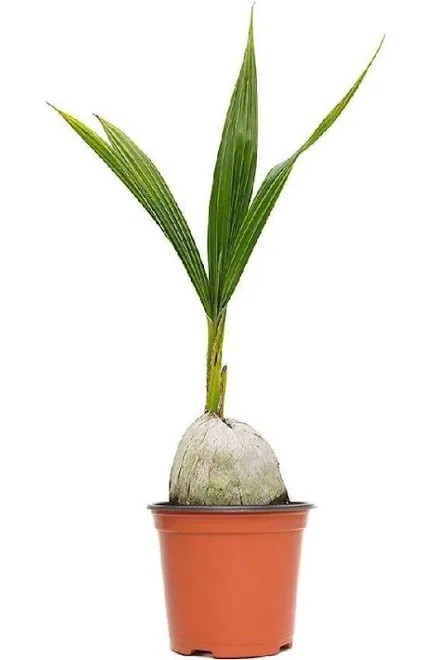


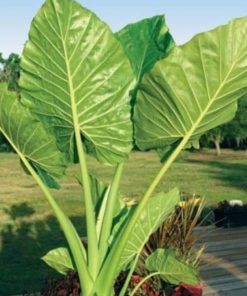
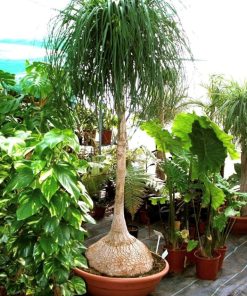
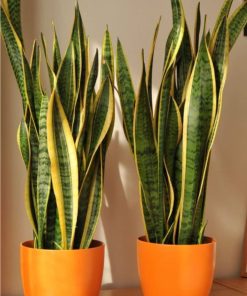



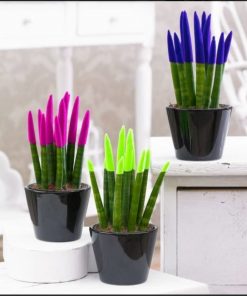
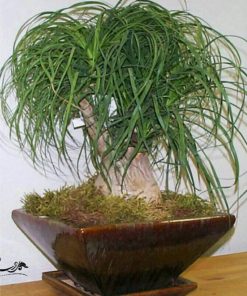
Reviews
There are no reviews yet.